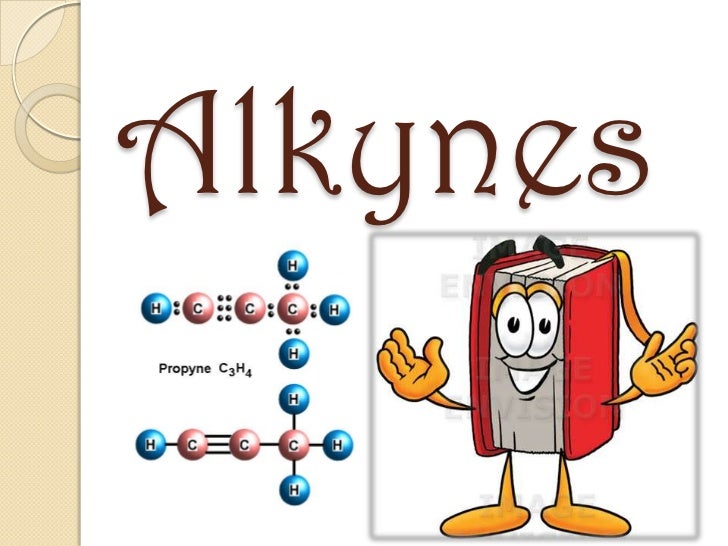What is Alkynes? Properties of Alkynes Full Information
Properties of Alkynes
The third kind of hydrocarbon is Alkynes which contain no less than one triple bond between a couple of carbon particles. Since it is likewise an unsaturated hydrocarbon a portion of its properties will be like alkenes. Give us a chance to investigate some physical and concoction properties of alkynes.
Physical Properties of Alkynes
• Alkynes are unsaturated carbon that shares a triple security at the carbon site
• All alkynes are unscented and vapid except for ethylene which has a slight unmistakable scent.
• The initial three alkynes are gases, and the following eight are fluids. All alkynes higher than these eleven are solids
• Alkynes are marginally polar in nature
• The breaking point and softening purpose of alkynes increments as their sub-atomic structure becomes greater. The breaking point increments with increment in their sub-atomic mass
• Also, the breaking points of alkynes are somewhat higher than those of their relating alkenes, because of the one additional bond at the carbon site.
Compound Properties of Alkynes
Acidic nature
Going to the compound properties of alkynes, we start with their marginally acidic nature. Presently Alkynes are somewhat electronegative in nature. The triply fortified carbon particles in alkynes are sp hybridized, While like in alkanes the single bond molecules are sp3 hybridized, causing the distinction in the electronegativity. This makes it simpler for them to draw in the common electron pair of the C-H bond.
So when we respond a solid base like NaNH2 with ethyne, we will get sodium acetylide and freed hydrogen (H2) gas. Be that as it may, such responses won't occur in alkanes and alkenes. The end being that the hydrogen particles appended to the carbon-carbon triple bond in alkynes are marginally acidic in nature. It is to be noticed the other hydrogen molecules uncovering these ones are not acidic.
HC ≡ CH + Na → HC ≡ C– Na+ + 1/2H2
Expansion Responses
Under reasonable conditions (temperature and weight) alkynes will experience hydration responses effectively. Alkynes will respond with incandescent lamp, hydrogen and other such components to give a soaked compound as an item. Since they have a triple bond, two particles of H2 or halides or incandescent lamp can be added to its structure.
1] Expansion of Dihydrogen
The response happens in nearness of an impetus, for example, Nickel or Platinum or Palladium. Here the expansion of hydrogen to the alkyne gives us an alkene.
C3H4(g) + 2H2(g) C3H8(g)
2] Expansion of Incandescent lamp
Whenever alkynes and incandescent lamp like Bromine respond, halogen will add itself to the structure of the alkynes and result in halogen substituted alkenes. The subsequent item will be tetrabromopropane.
3] Expansion of Water
Much the same as different hydrocarbons (alkanes and alkenes) alkynes likewise don't respond with a water particle. This is called immiscibility. However, on the off chance that alkynes is risen through weaken sulphuric corrosive (about 40%) in nearness of the impetus mercuric Sulfate, at that point a response happens. The items will be carbonyl mixes, and such a response can be known as a hydration response.
4] Polymerization
Alkynes can experience direct and cyclic polymerization under appropriate conditions. They polymerize to give aggravates that have a higher atomic load than the first alkyne. Like for instance, ethyne will polymerize to give polyacetylene or polyethene (of higher sub-atomic weight), This is a case of direct polymerization.
For cyclic polymerization, high temperatures and the nearness of an impetus is required. Like going ethyne through an intensely hot iron cylinder at least 877K which gives benzene.








No comments